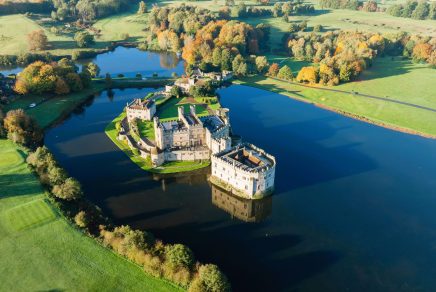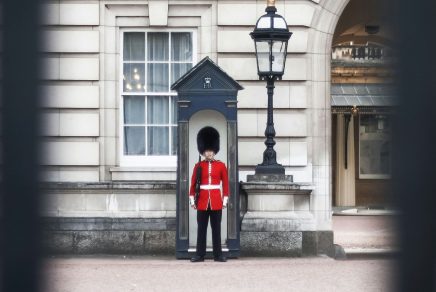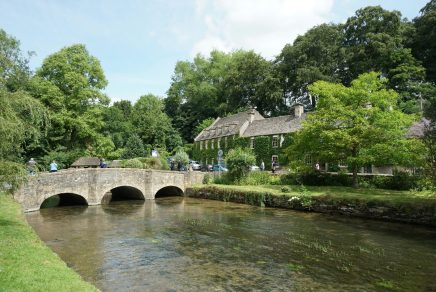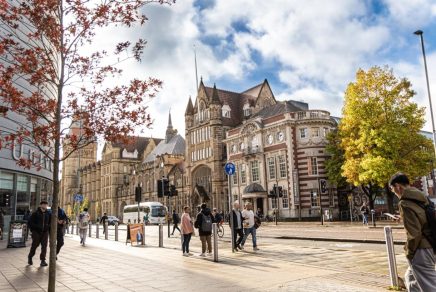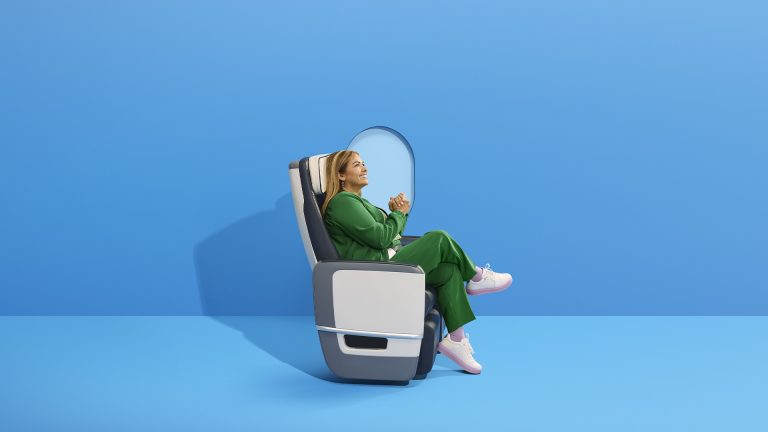Share the article
Table of Contents
Unless you’ve been living under a rather large rock for the past decade, you’ve probably heard of a little period drama called Downton Abbey. It tells the story of the aristocratic Crawley family and their servants on their fictional Yorkshire estate between 1912 and 1925, brilliantly depicting notable events in British history, including the sinking of the RMS Titanic, the outbreak of World War I, the Irish War of Independence, and the 1923 general election, all while weaving in the inevitable decline of the British aristocracy. Fans of the series are obsessed with the witty banter of Lady Violet, the dramatic love life of Lady Mary, and the sometimes scandalous lives of the downstairs staff.
See how to visit Downton Abbey, yes, the actual castle, where most of the series was filmed and the many production secrets it holds.
The history of Highclere Castle
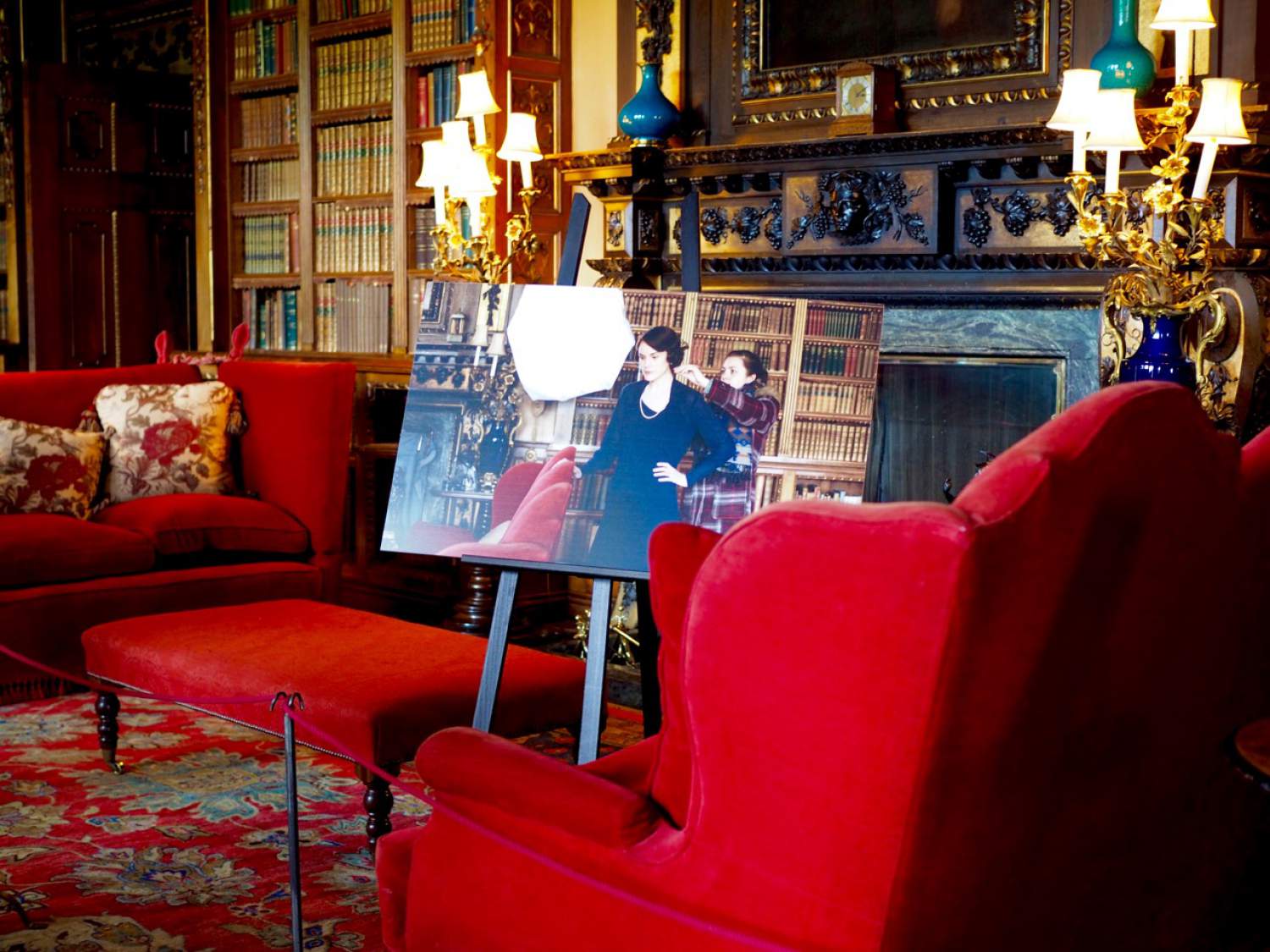
Right off the bat, visitors should know that Downton is not indeed set in remote Yorkshire but rather in bucolic Oxfhordshire just an hour outside of London, therefore making it a whole lot more accessible.
Seeing Highclere Castle, the castle’s exact name, is the best way to come full circle with the now-iconic series especially considering the behind-the-scenes trivia visitors learn throughout the visit.
For instance, did you know that Mrs Patmore cannot cook anything for the life of her and that Hugh Bonneville actually broke one of Richard E. Grant’s ribs while fighting over Cora?
Fans of the series will also remember when Downton Abbey was transformed into a convalescent home in the second series as World War I was in full swing. Very few know that the inspiration came from Highclere Castle itself as the 5th Countess of Carnarvon actually welcomed injured soldiers in her home and turned an entire wing into a recovery military hospital.
Aside from the immensely enjoyable fun facts, what visitors seem to notice the most upon their visit to Highclere is how much smaller the property is in real life compared to television. It’s hard to believe almost 900 crew members and 225 cast members worked here over the course of the six series! Most of what was shown on the small screen was shot within these very walls with the notable exception of the staff quarters and kitchen downstairs, as Highclere’s ceilings were too low to accommodate lighting and wiring necessary for filming. These scenes were shot in a studio near London.
How to visit Downton Abbey
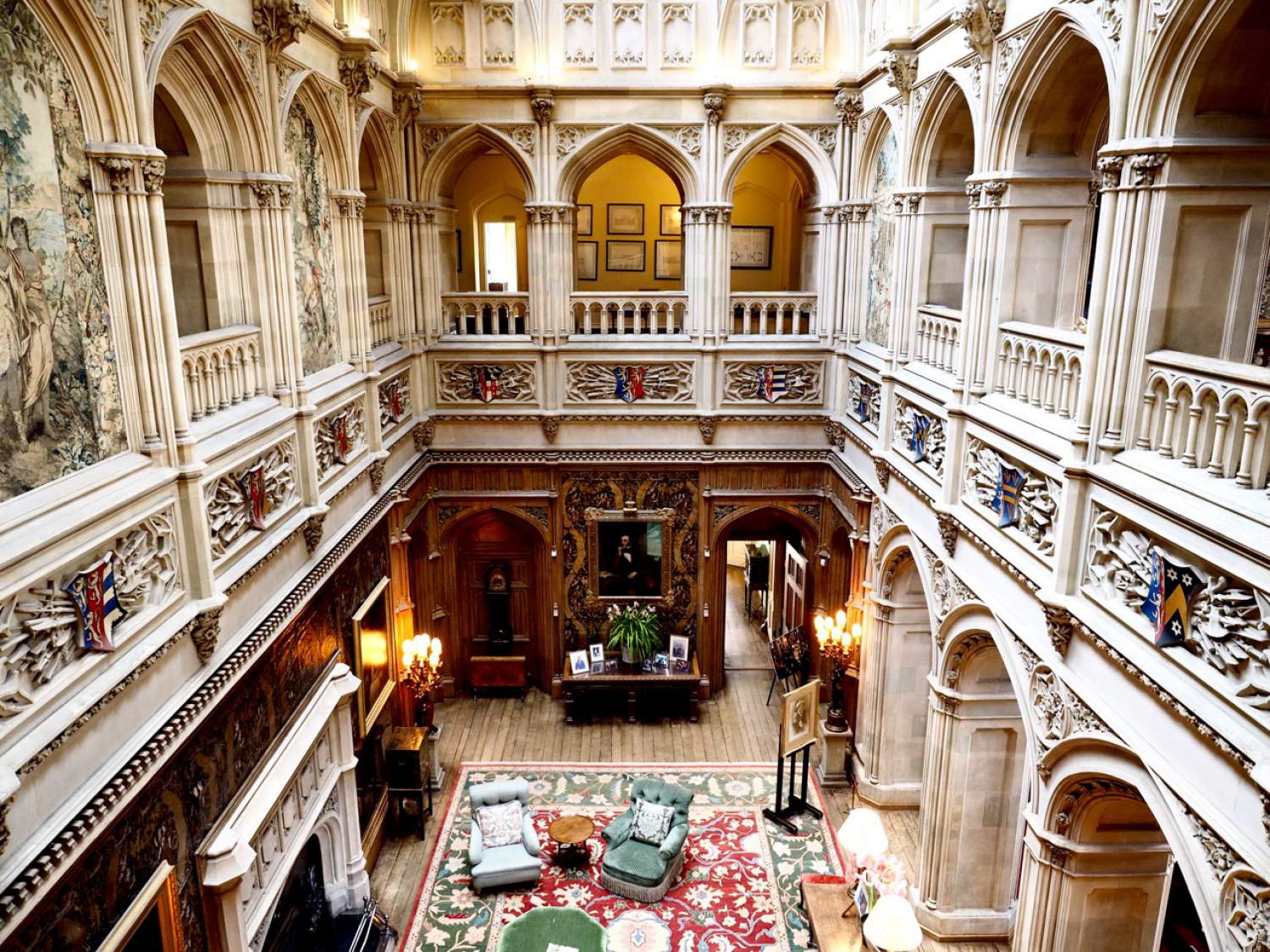
The village
While Highclere Castle itself is fascinating, several scenes were also filmed in nearby Bampton as the hamlet was depicted as Downton village. Highlights include Isobel Crawley’s home, the hospital and the church.
Getting to Highclere Castle
It’s neither cheap nor quick: public transit (train to either Newbury or Whitchurch and then pre-booked taxi to Highclere Castle) takes about three hours each way and will set you back £95 total per person. Hassle-free options include hiring a car or booking a group tour; there are many options with different Downton-themed itineraries departing from central London, which, on average, cost about £100 including transportation and a guide.
Visiting hours
Highclere Castle is still very much a family home, photography is prohibited, and as such isn’t open to the public on a daily basis. If you absolutely intend on visiting Downton Abbey, check opening dates first and plan your trip around them.
